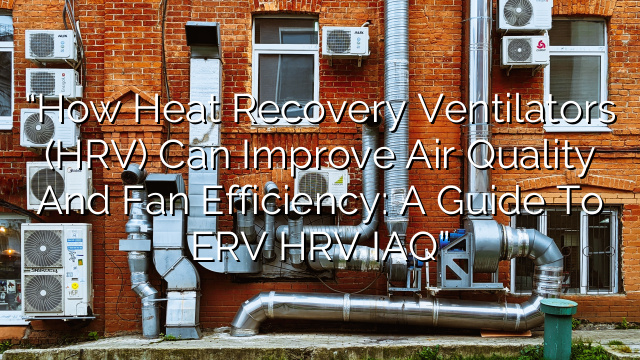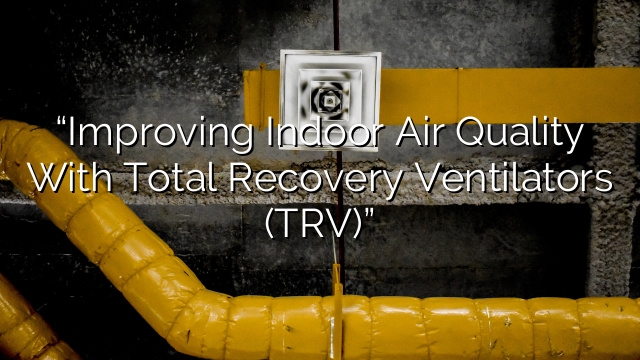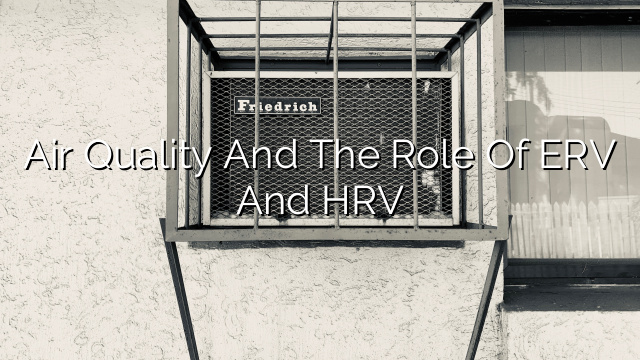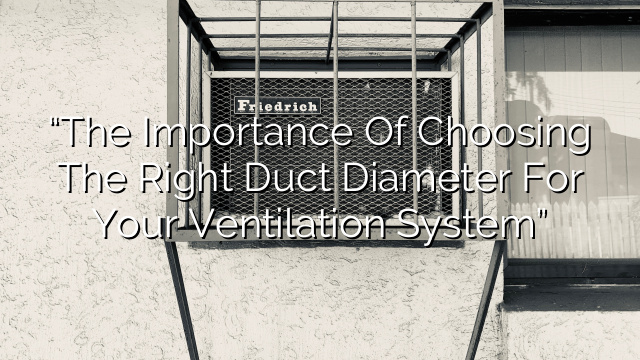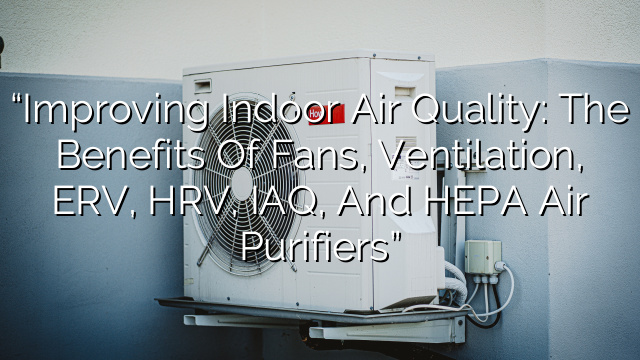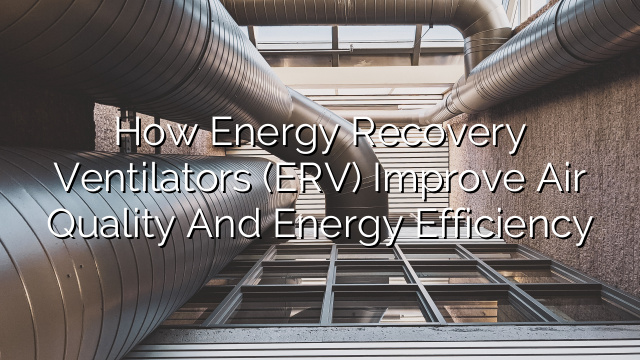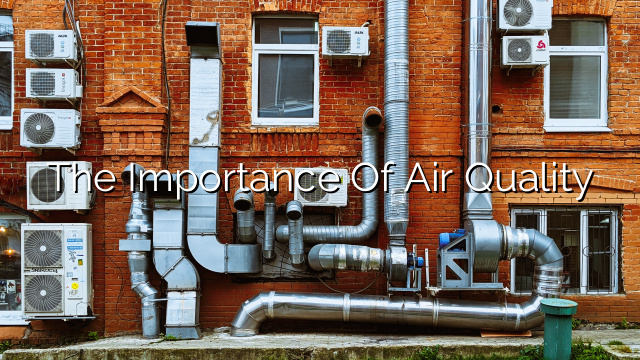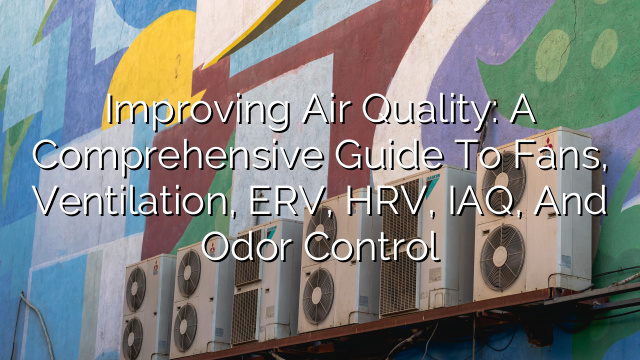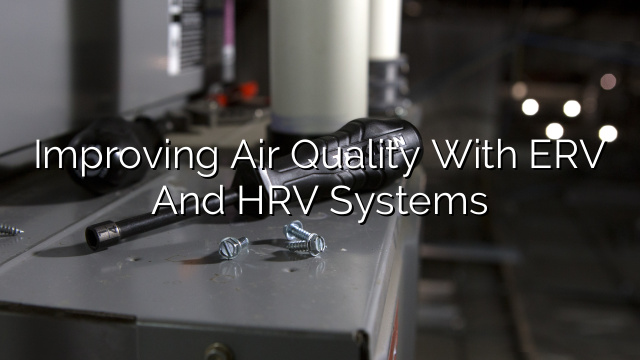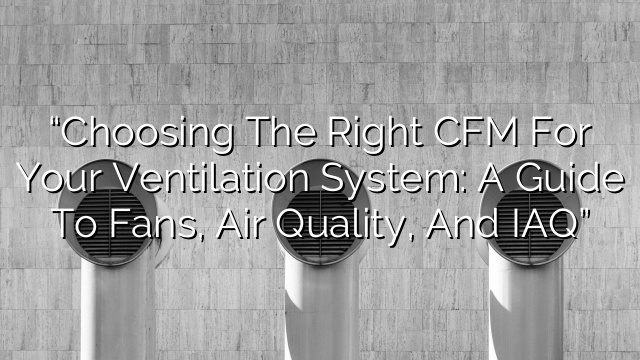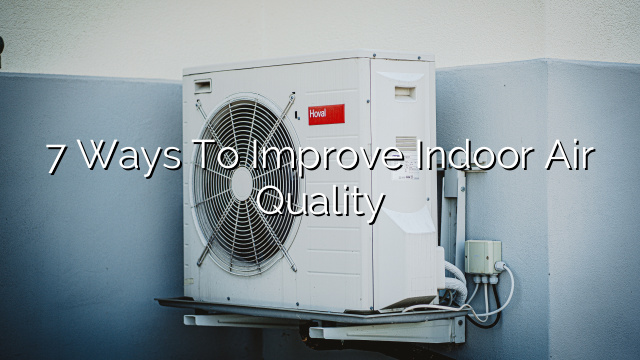Introduction
Ventilation is an essential aspect of maintaining good indoor air quality (IAQ), but it can also result in energy inefficiencies. Heat recovery ventilators (HRV) and energy recovery ventilators (ERV) are innovative solutions designed to address this issue. In this guide, we will explore how HRV and ERV systems can improve air quality and fan efficiency, and provide you with a comprehensive understanding of their functions and benefits.
What are Heat Recovery Ventilators (HRV) and Energy Recovery Ventilators (ERV)?
Heat recovery ventilators (HRV) and energy recovery ventilators (ERV) are mechanical systems that facilitate the exchange of stale indoor air with fresh outdoor air. However, unlike traditional ventilation systems, HRV and ERV systems also recover and transfer heat or coolness from the exhausted indoor air to the incoming fresh air stream. This heat transfer process helps to minimize energy losses and maintain a comfortable indoor environment.
How do HRV and ERV Systems Work?
- HRV systems use a heat exchanger to transfer heat from the outgoing airstream to the incoming airstream. This heat exchange occurs through a heat recovery core, which is typically made of a high-density material with excellent thermal conductivity.
- ERV systems, on the other hand, have an additional feature that allows for moisture exchange between the two airstreams, in addition to heat recovery. This is particularly beneficial in humid climates or during the summer months when outdoor air is hot and humid.
The Advantages of HRV and ERV Systems
- Improved Air Quality: HRV and ERV systems help to remove pollutants and contaminants from indoor air, providing a healthier and more comfortable living environment. These systems bring in fresh outdoor air while simultaneously exhausting stale indoor air, reducing the concentration of pollutants such as dust, odors, and volatile organic compounds (VOCs).
- Energy Efficiency: By recovering heat or coolness from the outgoing airstream, HRV and ERV systems minimize energy losses and reduce the workload on heating and cooling systems. This leads to lower energy consumption and utility bills.
- Enhanced Comfort: HRV and ERV systems maintain a more consistent indoor temperature and humidity level, improving overall comfort for occupants. The heat recovery or energy transfer process helps to reduce temperature fluctuations and the need for additional heating or cooling.
- Condensation Control: In humid climates or during the summer months, ERV systems can help control condensation by transferring moisture from the incoming air to the outgoing air. This prevents excessive humidity levels, which can lead to mold and mildew growth.
Frequently Asked Questions (FAQ)
Q: How do HRV and ERV systems affect fan efficiency?
Both HRV and ERV systems utilize fans to facilitate the exchange of air. While these fans consume energy, the overall energy savings from using HRV or ERV systems far outweigh the fan energy consumption. Additionally, some HRV and ERV units are equipped with energy-efficient fans that further reduce energy usage.
Q: How often should HRV and ERV filters be cleaned or replaced?
The frequency of filter cleaning or replacement depends on various factors, including the level of outdoor air pollution and the duration of system operation. In general, filters should be inspected every three months and cleaned or replaced as needed. It is important to follow the manufacturer’s guidelines for proper maintenance.
Q: Can HRV and ERV systems be installed in existing homes?
Yes, HRV and ERV systems can be installed in existing homes. However, the installation process may vary depending on the specific requirements of the home. It is recommended to consult with a professional HVAC contractor to assess the feasibility and determine the best installation approach.
Q: Are HRV and ERV systems noisy?
HRV and ERV systems typically operate quietly, especially if they are properly installed and maintained. However, minor noise from the fans and air movement may be noticeable, particularly in areas close to the unit. To minimize noise, selecting a unit with low sound ratings and ensuring proper ductwork installation is crucial.
Conclusion
HRV and ERV systems offer numerous benefits, including improved air quality, energy efficiency, and enhanced comfort. By recovering heat or coolness from the exhausted indoor air, these systems minimize energy losses and reduce the workload on heating and cooling systems. Whether you are building a new home or considering an upgrade for your existing ventilation system, HRV and ERV systems are worth considering for a healthier, more comfortable indoor environment.

